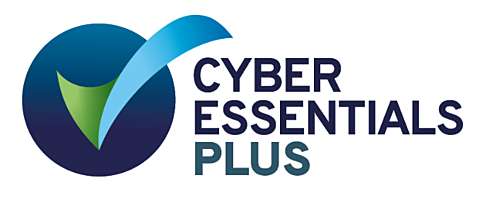Trustee ways of working in a Covid-19 world
5 Aug 2020
As all of us continue to adapt and improve how we work remotely it helps to share experiences and tips. Here are some recent perspectives from the many trustees and pensions teams we regularly talk to.
How have trustee meetings changed?
For some, there has been a switch to more frequent, shorter meetings, with focused discussion and debate on the most important items. Greater use of committees is also helping to get the work done.
The executive workload has increased to support this, requiring excellent adviser management and agenda planning to get the key messages across as succinctly as possible.
Advisers and committees have taken on more responsibility for discussing and sharing information outside of meetings, providing good ways to keep trustees engaged and informed of progress.
Some challenges
Selecting advisers or new trustees remotely has been workable for several schemes, although it’s not easy to build the same rapport as quickly. Inducting trustees, including a Chair, requires more offline contact.
Video conference fatigue is a challenge. Lack of travel means more diary availability, it may then fill up with video calls. Regular breaks and turning off the webcam for some calls can be helpful to manage this.
Greater time available for training and topical webinars may drive more questions and ideas, which for executives can be a dual-edged sword. Overall, executives are finding they are even busier than before.
A tricky practicality has been document signing procedures, which differ widely between schemes. Electronic signatures rather than wet ink work well when it’s legally possible; plus using online software.
Shared thinking
Not everyone likes remote meetings and find video use is tiring. Everyone finds it difficult to read the body language, and it’s harder for the Chair and the group if some are on another screen or not visible.
Several are bringing through scenario planning and other strategic sessions as an important part of carrying on with the trustee’s workplan and risk management, using shorter iterative sessions.
For many, remote meetings for regular business may be the way things stay, with face-to-face used mostly for strategy work or lengthier training on a transaction or valuation.
A mix of face-to-face and remote attendance may become a feature, although inclusivity is harder for those not in the room. Some may get to face-to-face meetings by joining up from two suitable locations.
Towards the longer term
Many aspects related to meeting flexibility, focus, management of advisers look here to stay. Most do not expect Covid-19 face-to-face risks to retreat until Spring or Summer 2021, possibly not until 2022 for some.
A common theme is missing the interpersonal aspects of trustee life. And it’s harder for younger or less experienced people to grow in roles, working remotely. More are thinking about ways to improve this.
Meanwhile technology is going to evolve further and quickly, to support changing needs and expectations. There are upsides. Equally there is fertile ground for a range of risks that come with it.

